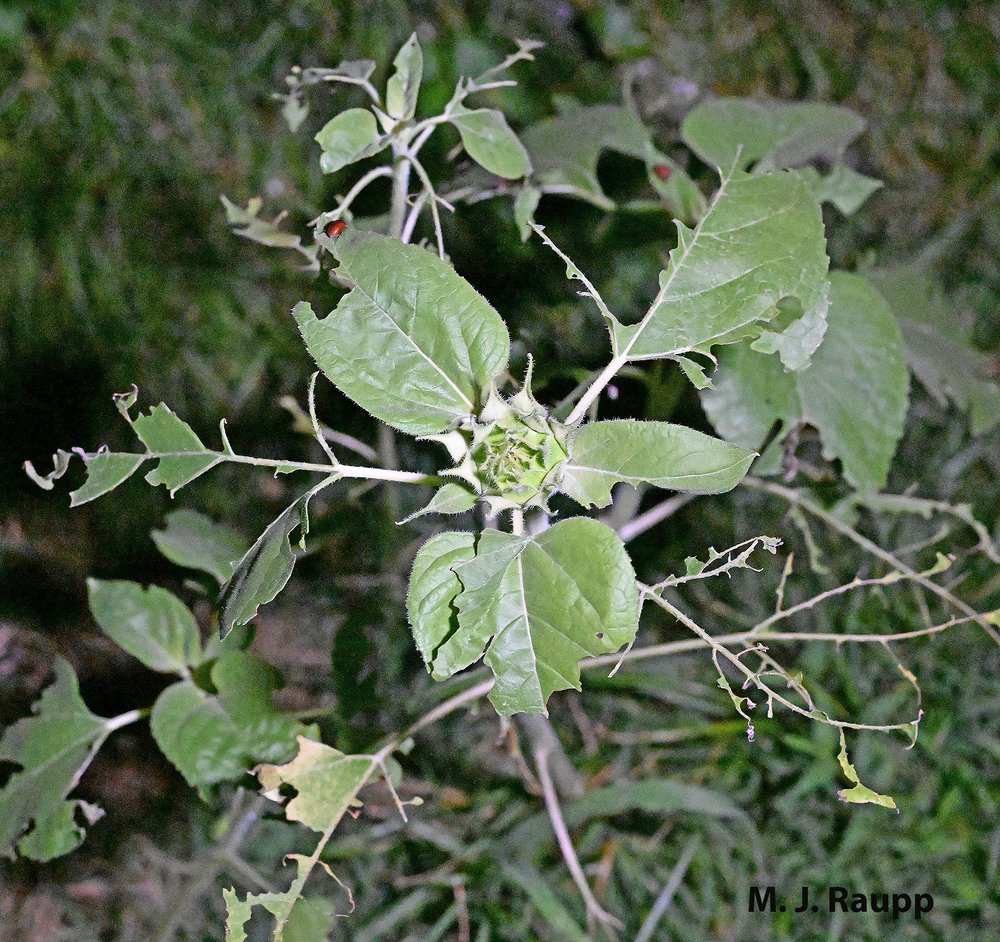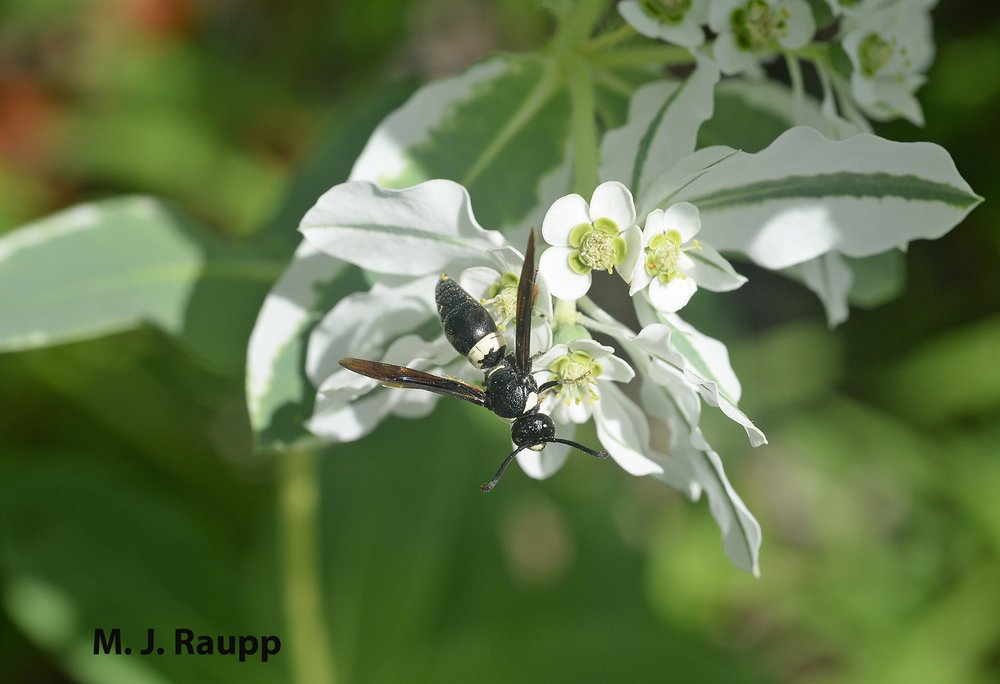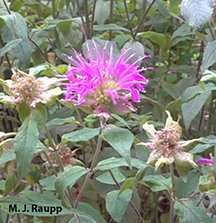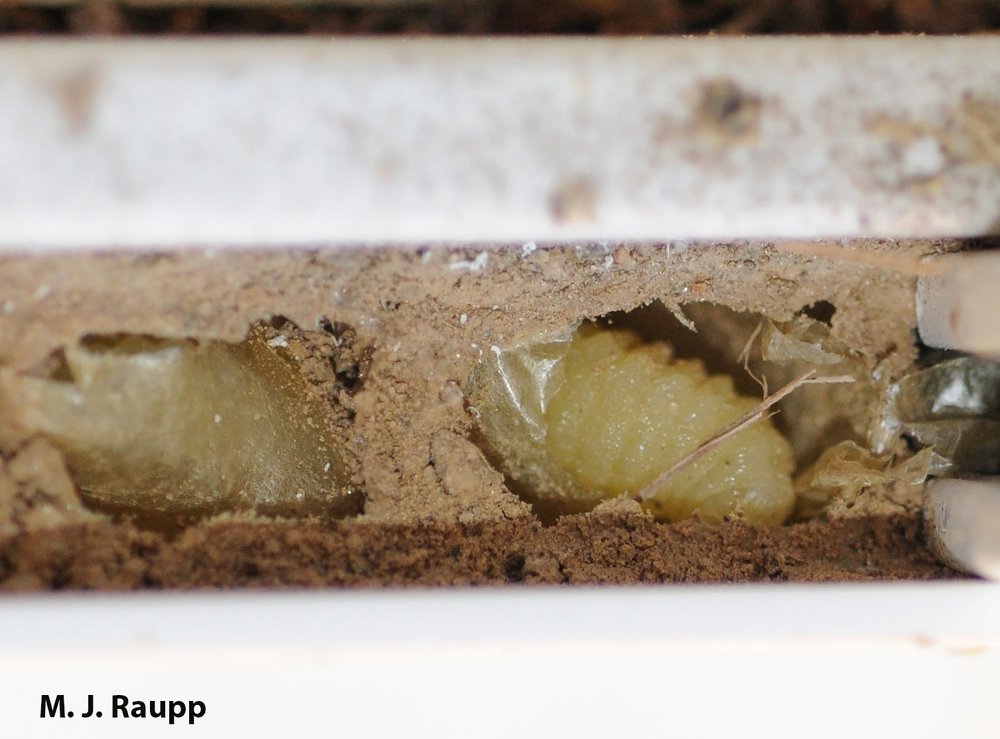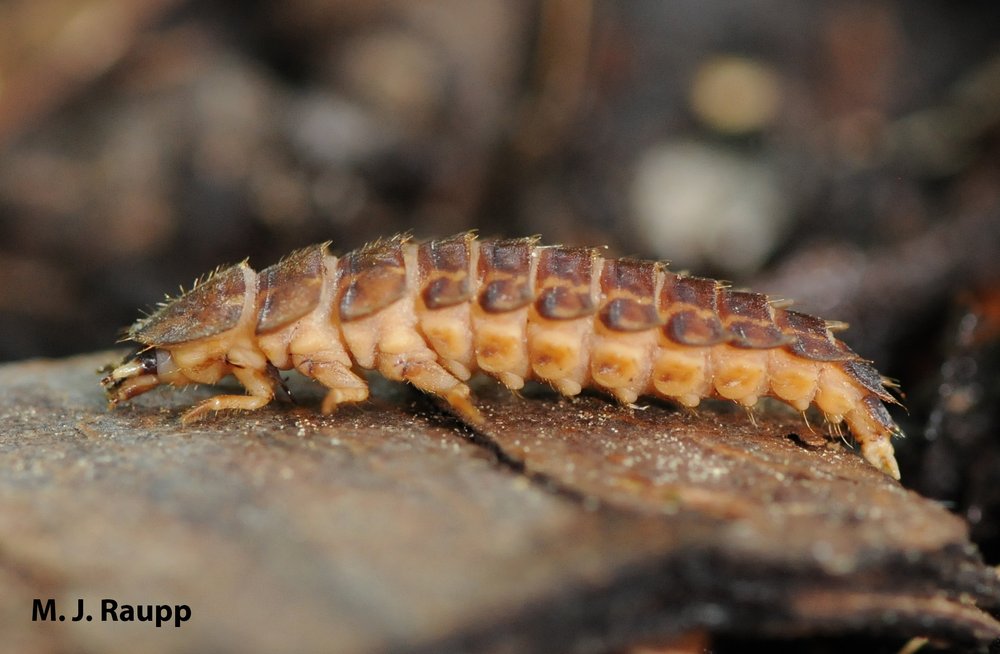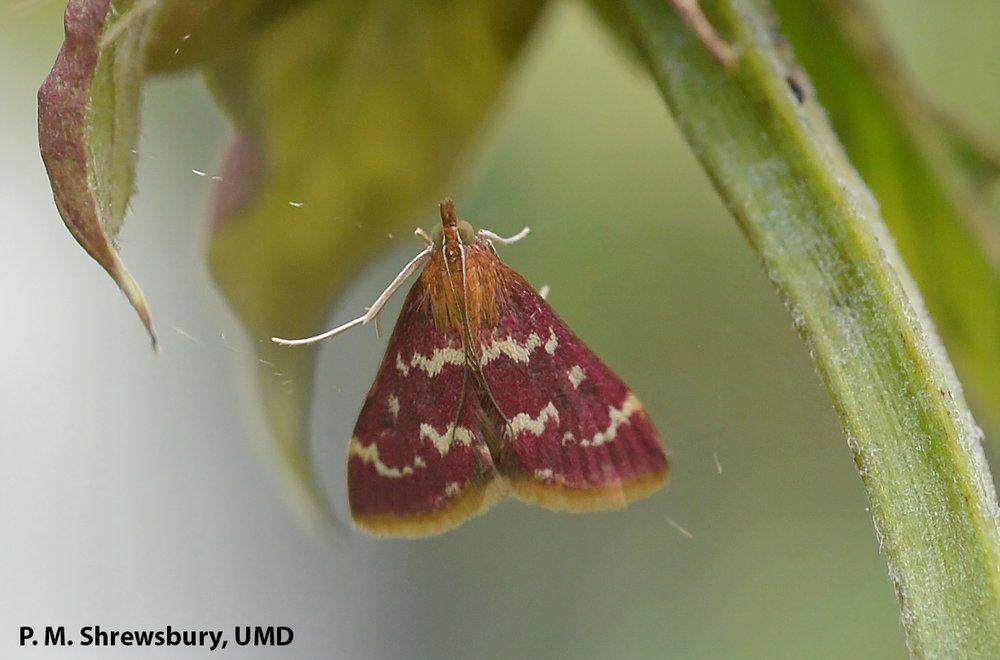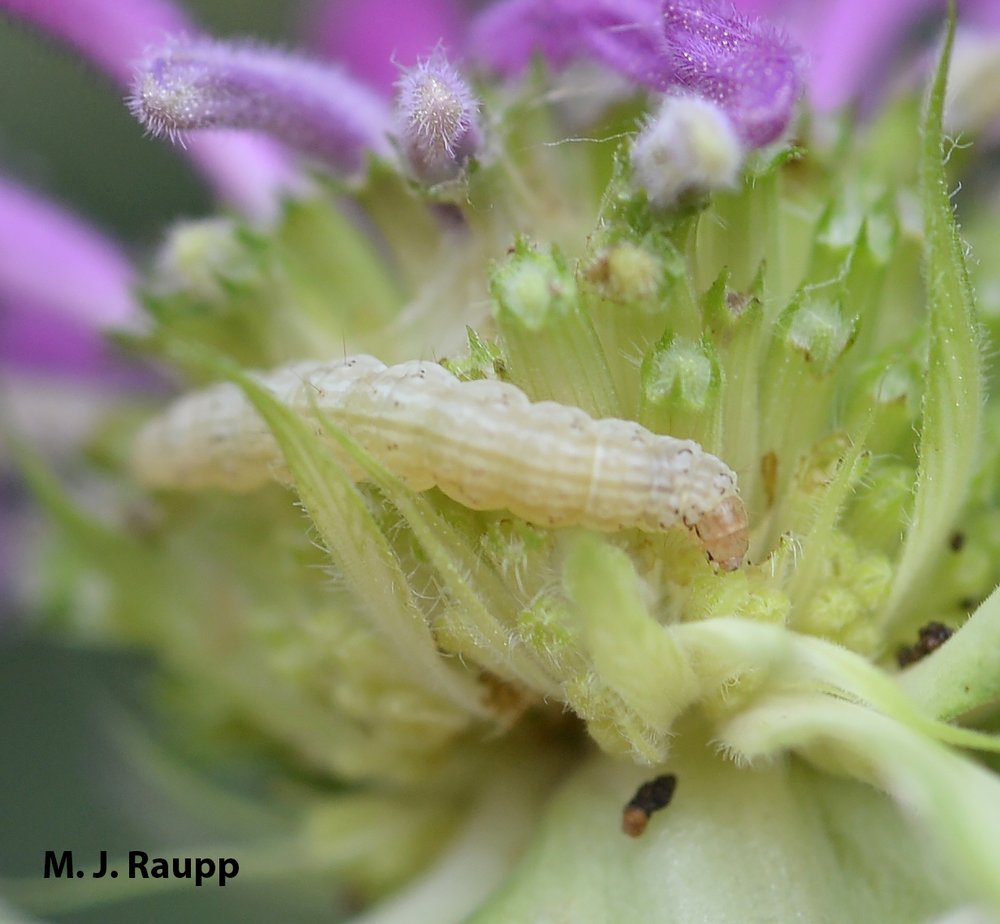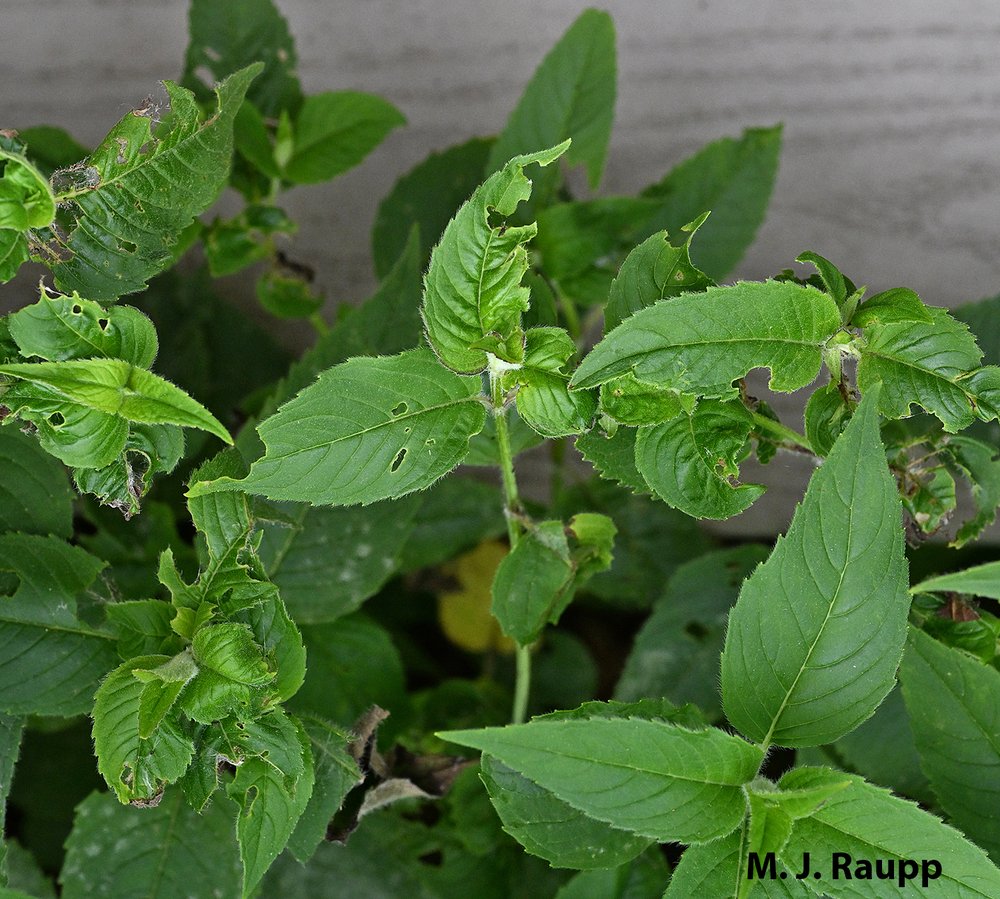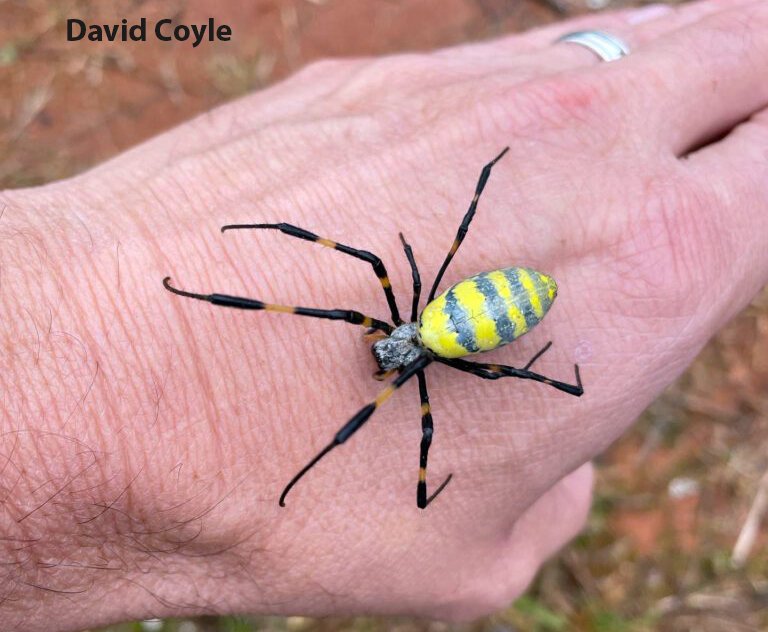Are Termites Attracted to Light? Unveiling the Truth
Before you can understand termite behaviors related to light, it may help to gain a basic understanding of light attraction in pests, in general. Scientists have long wondered why light attracts so many types of insects, particularly artificial light at night.
To gain a better understanding of the phenomenon, researchers at the Imperial College London used infrared cameras and motion-capture technology to study moths, dragonflies, and six other insects, such as honeybees and fruit flies. Using the data they captured, they found that insects don’t fly directly toward the light. Instead, they circle the light and try to position themselves with their backs to it. This allows them to maintain their flight patterns in relation to the horizon.
So, how does the phenomenon of light attraction in pests relate to termite behavior? Let’s explore whether termites are attracted to light and look at other termite facts you should know to help keep your property safe from these destructive pests.
Introduction to Termite Behavior
Termites are relentless in their quest for food. These tiny pests, which cause an average of $5 billion in damage every year, chew their way through wood virtually around the clock. Most termites are blind and rely on a mixture of scents, pheromones, and vibration to communicate, mark food trails, and recognize their nest mates.
They are social insects that raise their families in colonies that contain kings, queens, workers, and other caste members. During their alate stage, termites can fly. They have two sets of wings and are often called “swarmers.” During this part of their lives, they are more visible to humans because they fly in the open as they search for their mates and start new colonies.
Common Misconceptions About Termites
Contrary to what some people may think, not all termites are the same. More than 2,000 termite species exist worldwide, many with differing characteristics and behaviors. In this region, the most common species is the subterranean termite, which prefers to remain close to or below ground level. These termites create “mud tubes” to travel from their nests to their food source without ever having to directly contact the light.

Myth vs. Fact
Now that you understand a bit more about termite behaviors, in general, let’s take a closer look at whether these pests are indeed attracted to light. In truth, the role light plays in termites’ lives is a bit of a gray area, as some common misconceptions prove.
Let’s explore three of the top misconceptions to uncover the actual facts about termites related to their behavior surrounding light exposure.
1. Sunlight Kills Termites
This is mostly true because subterranean termites, which are the most common throughout this region, can be killed by sunlight. Essentially, non-winged termites dry out and die upon exposure to a combination of extreme heat and dry conditions. Sunlight and ultraviolet light can kill termites within minutes of exposure because it quickly evaporates the moisture they need to survive.
However, winged termites use the light to their advantage. They not only survive in the light, but actually thrive as they use light to find their mates and start their own colonies.
Research also shows that three species of termites (Reticulitermes tibialis Banks, R. flavipes, and R. virginicus) experience autophototoxicity after UV exposure. These termites contain an alkaloid that makes them very sensitive to the effects of light exposure.
2. All Termites Avoid Light
Winged termites, often referred to as swarming termites or “swarmers,” have eyes, and they use the light to help them find their mates. As a result, if you have an infestation, you might find discarded wings near windows or see these pests near porch lights and other light sources. In some areas, when there’s a colony of termites nearby, swarms of termites head out in search of mates and new homes. Because they often use light to guide them, keeping outdoor lights off during these times can help prevent them from choosing your property.
3. Termites Need Light to Mate
Is light necessary for termites to mate? It turns out, the answer is probably they do not. In 2022, Nobuaki Mizumoto of Auburn University and Thomas Bourguignon of the Okinawa Institute of Science and Technology conducted a joint study. Intended to assess the role of light in termite mating patterns, the duo’s research revealed that it doesn’t completely disrupt mating patterns.
Based on experiments performed in both total darkness and with light, the termites were more active in the light but still able to locate their mate in the dark. In the end, the results suggest that light can affect termites’ movement patterns but not their ability to mate. Another study, published in 2021, suggests that termites use vibration patterns to communicate and possibly aid reproduction by helping them find their mates.
Using Light to Manage Termite Populations
Using light to eliminate termites sounds promising, but it isn’t very practical. Termites typically move quickly to escape light sources, making it challenging to really use light to your advantage for elimination. However, the way you use light around your property can make a difference in the odds that you attract swarming termites as they mate.
Practical Tips for Termite Prevention and Control
One of the best ways to prevent termites in and around your property is to create a home that is unattractive to them. Although research into their photosensitivity is relatively low, most termites clearly avoid light. Swarmers, on the other hand, are drawn to the light, and if they deem your home worthy of starting their colony — look out. You could end up with substantial damage before you know it.
Environmental Modifications
You can make some relatively simple changes to help protect your home. For example, you might use a lighting design that minimizes the use of outdoor lights. For instance, install sensor-activated lights that go on when they detect activity and automatically shut off after a set period. You might also add lights to recessed areas, away from doors and windows to avoid attracting alates or making it easy for them to enter your home.
Monitoring and Early Detection
Routine inspections can make a tremendous difference in the fight against termites. Consider inspecting your home monthly to look for signs of termites, which include the following:
- Mud tunnels near foundations
- Small holes in wood with sawdust-like material below it
- A bubbled look to wood surfaces
- Signs of swarming insects, such as live insects or discarded wings on windowsills and door frames
When to Call a Professional
At the first sign of termite activity, call a professional. Termites can be active for a long time before ever providing any indication that they are present. They thrive in moist, warm areas and wreak havoc on structures of all types. Worst of all, termite damage is rarely covered by homeowners’ insurance policies, leaving you with a potentially big repair bill.
The good news is that partnering with a professional can help prevent termites and minimize the potential damage to your home. Catseye Pest Control has helped homeowners and businesses throughout Massachusetts, Connecticut, Rhode Island, and New Hampshire prevent and eliminate termite infestations since 1987. Our highly trained and licensed technicians are standing by to help.
Contact Catseye Pest Control today for a free inspection or to get started immediately.
The post Are Termites Attracted to Light? Unveiling the Truth appeared first on Catseye Pest Control.
This article appeared first on Catseye Pest

